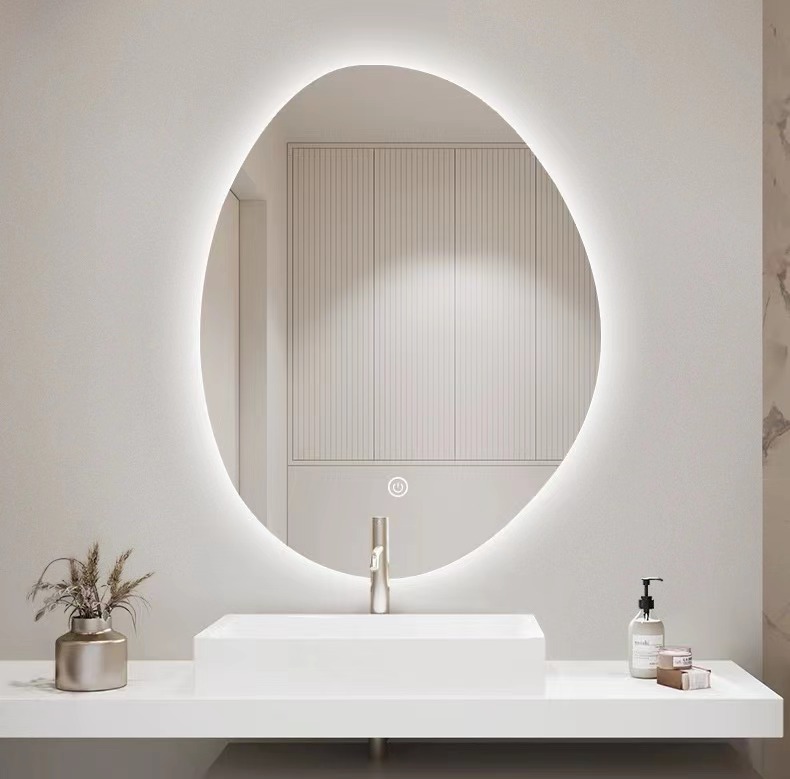

The Art and Craft of Decorative Glass Manufacturing
Decorative glass has fascinated humanity for centuries, blending aesthetics with utility. As a material, glass offers a unique ability to reflect, refract, and transmit light, creating stunning visual effects that can enhance any space. Decorative glass manufacturers play a crucial role in this artistic journey, transforming molten sand and minerals into breathtaking works of art that we see in homes, commercial spaces, and public installations worldwide.
The Process of Glass Manufacturing
The process of manufacturing decorative glass is both art and science. It begins with the careful selection of raw materials. The most common base ingredient is silica sand, which, when heated to high temperatures, melts and can be molded into various shapes. Additional materials are added for color, clarity, and strength. For instance, metal oxides can create different colors; adding cobalt gives a deep blue, while iron produces shades of green.
Once the materials are blended, they are heated in a furnace at temperatures exceeding 1,500 degrees Celsius. The molten glass must be handled with precision and expertise. This stage is crucial as it sets the foundation of the glass's final aesthetic and functional properties. After thorough mixing and heating, the glass is ready to be formed into sheets, blown into shapes, or cast into elaborate designs.
Techniques in Decorative Glass Production
There are several techniques used in decorative glass production, each offering a unique finish and texture. One popular method is glass blowing, where artisans blow air into a molten glass ball, shaping it into beautiful vases and intricate sculptures. This ancient technique requires years of practice and skill, as even the slightest mistake can ruin the piece.
Another common technique is stained glass, which involves cutting pieces of colored glass and assembling them using lead came or copper foils. This method is often used in windows, where light passing through the colored glass creates a magical ambiance. Modern decorative glass manufacturers often incorporate technology, such as digital printing and laser etching, allowing for the creation of complex designs and patterns that were previously impossible to achieve.

Applications of Decorative Glass
The applications of decorative glass are vast and varied. In residential spaces, decorative glass can be seen in windows, doors, partitions, and lighting fixtures. These elements not only add beauty but also enhance privacy and control light in the home. In commercial settings, decorative glass is often utilized in office buildings, retail spaces, and hotels, providing an elegant touch while maintaining functionality.
In addition to traditional applications, decorative glass manufacturers are increasingly involved in art installations and public projects. Sculptures made from glass can be found in parks, museums, and urban landscapes, serving as focal points that draw attention and inspire wonder.
Sustainability and Innovation
With growing concerns over environmental issues, the decorative glass manufacturing industry is also taking steps toward sustainability. Manufacturers are increasingly utilizing recycled glass in their processes, reducing the need for raw materials and minimizing waste. Innovations in energy-efficient furnaces and eco-friendly packaging are further enhancing sustainability efforts.
Moreover, trends in design are shifting towards more personalized and bespoke glass pieces. Customers are increasingly seeking unique designs that reflect their individuality, prompting manufacturers to push the boundaries of creativity.
Conclusion
In conclusion, the decorative glass manufacturing industry is a fascinating blend of artistry and craftsmanship. From the mesmerizing techniques of glass blowing to the delicate precision of stained glass, each piece tells a story of skill and creativity. As manufacturers continue to innovate and adapt to changing market demands, the future of decorative glass remains bright, promising new heights of beauty and functionality for generations to come. The glass weaves through our lives, not just as a material, but as a canvas for inspiration and expression.